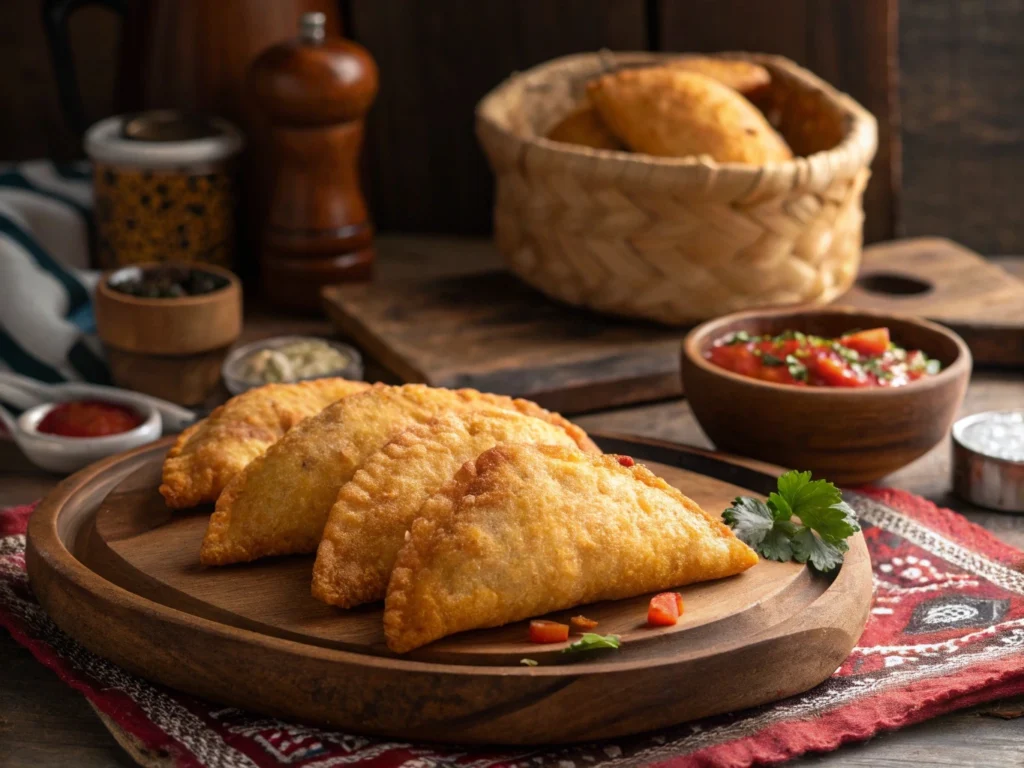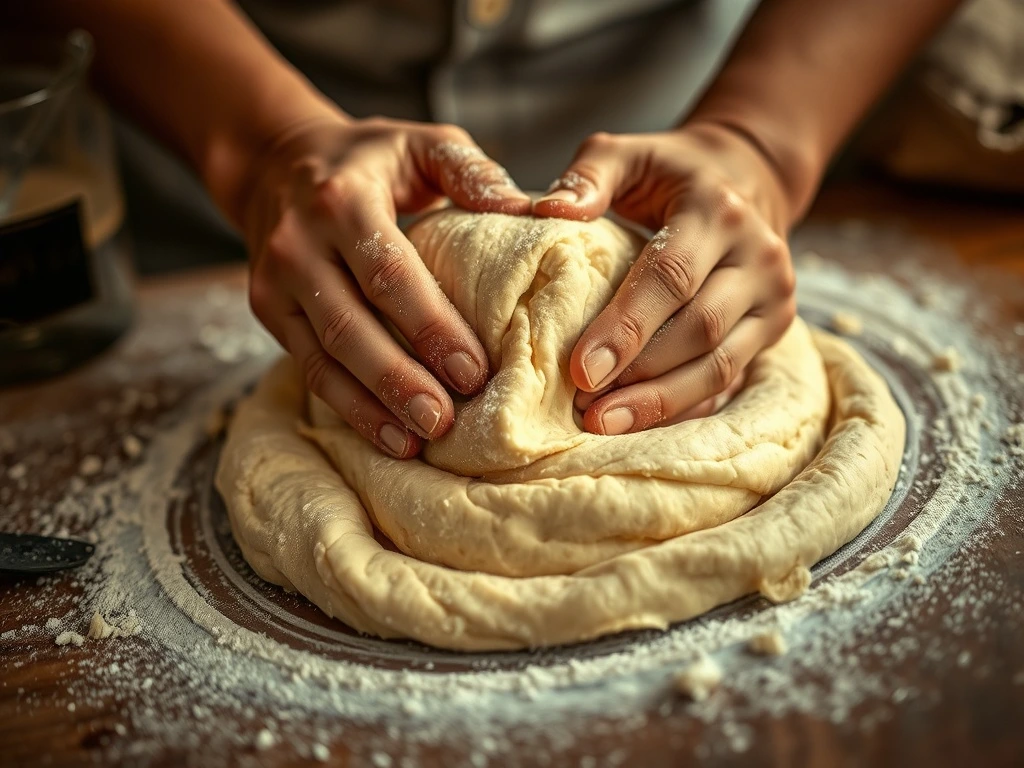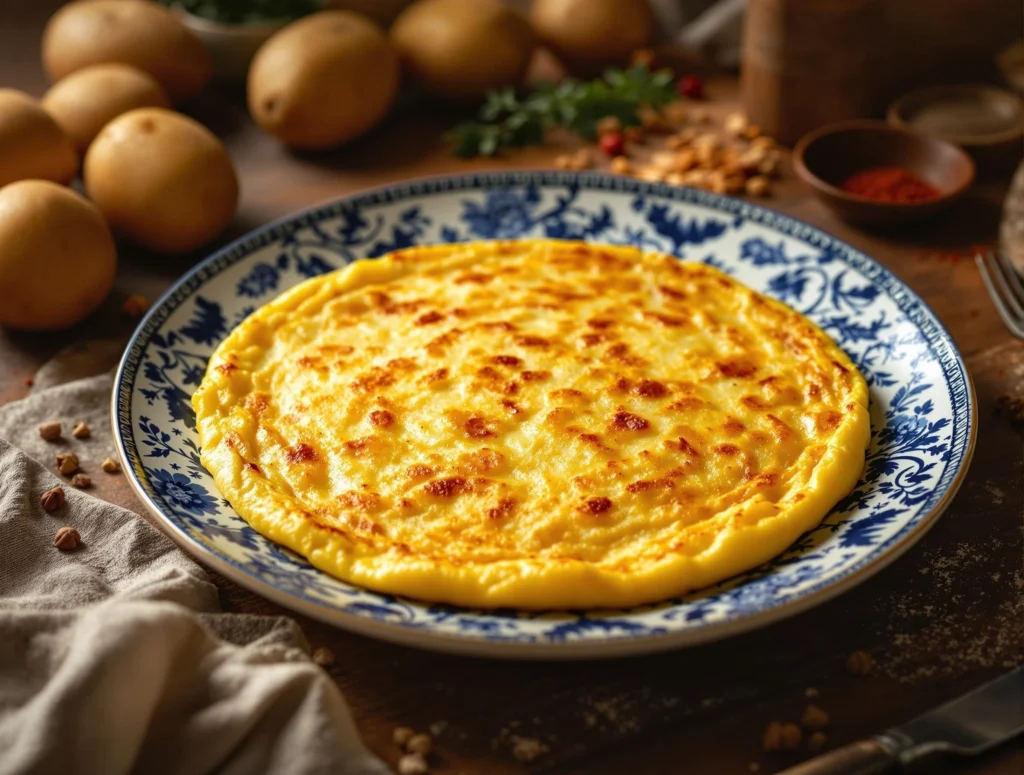Introduction: The Timeless Legacy of Milcao
Milcao, a savory potato pancake bursting with flavor, is more than just a dish—it’s a culinary time capsule of Chile’s Chiloé Archipelago. Born from the ingenuity of the Mapuche people and refined through centuries of cultural exchange, milcao embodies resilience, tradition, and innovation. In this article, we trace its journey from ancient Indigenous kitchens to trendy Santiago eateries, uncovering how this humble dish became a cornerstone of Chilean identity.http://[Explore other iconic Chilean dishes like curanto here]
Chapter 1: Indigenous Origins – The Mapuche and Chiloé’s Culinary Ingenuity
The story of milcao begins with the Indigenous Mapuche and Chono peoples of southern Chile. In the nutrient-poor soils of Chiloé, potatoes were a lifeline. Over 200 native potato varieties thrived here, and milcao emerged as a resourceful way to use raw grated potatoes (referred to as “papa rallada”) and cooked mashed potatoes.
The dish was traditionally cooked over open flames or buried in embers during communal gatherings, often paired with shellfish or wild game. Its preparation symbolized harmony with nature, using every part of the potato to avoid waste.

Key Ingredient Insight:
- Raw vs. Cooked Potatoes: The combination of both textures creates milcao’s signature crispy exterior and soft interior.http://Learn about Chiloé’s potato biodiversity via Food and Agriculture Organization (FAO)])
Chapter 2: Colonial Influences – Pork, Fat, and Fusion
With the arrival of Spanish colonizers in the 16th century, milcao underwent a flavorful transformation. The Spanish introduced pork, lard, and frying techniques, which Chiloé’s cooks eagerly incorporated. Pork fat replaced seal oil, and shredded pork (“chancho”) became a popular filling, adding richness to the potato base.
This era also saw milcao integrated into curanto, a traditional Chiloé feast cooked in a pit with hot stones. Milcao became a staple of these gatherings, served alongside shellfish, meats, and chapaleles (dumplings).
Did You Know?
In Chiloé, milcao is sometimes called “milcao de curanto” when steamed in curanto’s aromatic smoke.

Chapter 3: The Art of Making Traditional Milcao
Authentic milcao requires patience and skill. Here’s a simplified breakdown:
Ingredients (Serves 6):
- 4 cups raw grated potatoes (squeezed to remove excess liquid)
- 2 cups cooked mashed potatoes
- 1 cup pork fat or lard
- 1 tsp salt
- Optional: Fried pork belly (chicharrones) or mussels for filling
Steps:
- Mix raw and cooked potatoes with salt.
- Shape into patties, adding fillings if desired.
- Pan-fry in pork fat until golden-brown.
Pro Tip: For a crispy crust, let the potato mixture rest for 10 minutes before fryinghttp://[Try our step-by-step milcao recipe with photos here].
Chapter 4: Milcao in Modern Chile – From Rural Staple to Urban Delicacy
Today, milcao straddles tradition and trendiness. In Chiloé, it remains a Sunday family ritual, often served with pebre (Chilean salsa) or a drizzle of merkén (smoked chili pepper). Meanwhile, Santiago’s avant-garde chefs are reinventing milcao for cosmopolitan palates:
- Gourmet Twists: Truffle-infused milcao, seafood-stuffed versions with loco (abalone), or vegan milcao using coconut oil.
- Street Food Fame: Food trucks serve mini milcaos as bite-sized appetizers.
- Cultural Pride: Featured in festivals like Fiesta Costumbrista Chilota, celebrating Chiloé’s heritage.
Chapter 5: Milcao’s Global Journey – A Dish on the Move
Chilean diaspora communities have introduced milcao to global food scenes. In Madrid, restaurants like El Invernadero offer milcao tapas, while in New York, pop-up chefs pair it with kimchi or avocado mash. Social media has also amplified its reach, with #MilcaoMadness trending among food bloggers.
Sustainability Angle:
Modern chefs highlight milcao’s zero-waste ethos, using organic local potatoes and ethically sourced pork.

Conclusion: Milcao – A Bite of Chilean Soul
Milcao’s evolution mirrors Chile’s history: rooted in Indigenous resilience, shaped by colonial encounters, and reimagined for a globalized world. Whether enjoyed at a rustic Chiloé hearth or a chic Santiago bistro, each bite honors the past while embracing the future.http://(Internal link: [Dive into Chile’s culinary wonders with our South
FAQ Section
Q: Is milcao gluten-free?
A: Yes! Traditional milcao uses only potatoes and fat, but check for fillings like pork or seafood.
Q: Can I bake milcao instead of frying?
A: Absolutely—bake at 375°F for 25 minutes for a lighter version.
Q: Where can I try milcao outside Chile?
A: Seek Chilean restaurants in major cities like Madrid, Miami, or Sydney.